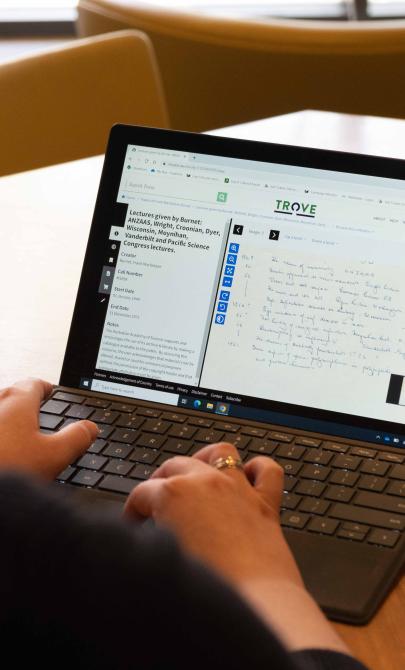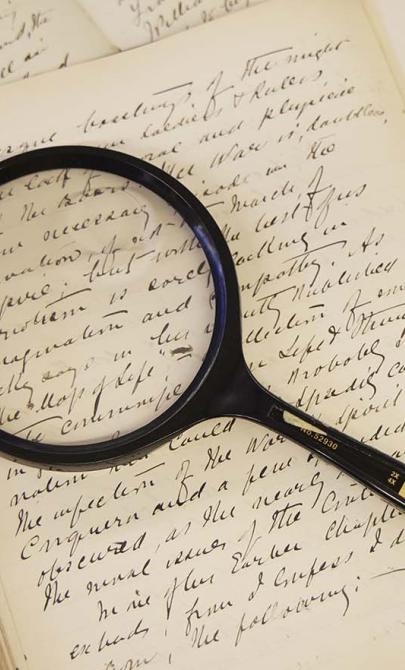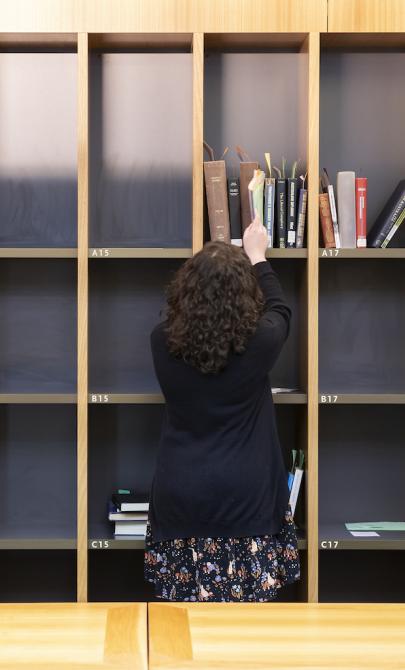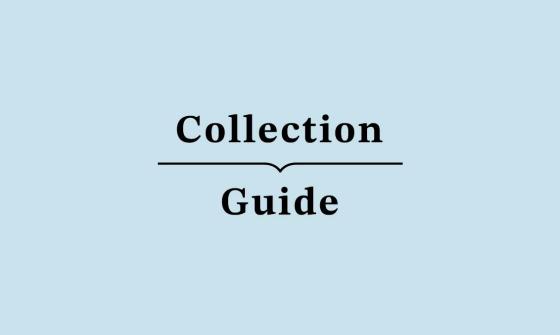Carmona Collection
Key items in the collection
The Carmona Collection consists of about 450 books and pamphlets primarily related to the Portuguese colonies in Africa and Asia. Except for a few British imprints, all items were published in Portugal or its colonies, dating from around 1840 to 1950.
Geographic scope
Most of the collection focuses on the African colonies, including:
- Mozambique
- Angola
- Portuguese Guinea
- Portuguese Congo
- Cape Verde Islands
- São Tomé
A smaller portion covers Asian territories such as Goa, Macao and East Timor.
Subject coverage
The collection spans a broad range of topics, including:
- History and memoirs
- The conquest of Africa
- The South African War and World War I
- Exploration and travel
- Catholic missions
- Colonial administration
- Economic conditions and emigration
- Race relations and ethnography
- Indigenous languages and dialects
- Geology
- Portugal’s foreign relations and colonial policy
Many of the works are rare and not held in major European libraries.
Notable items
The earliest work in the collection is Historia ecclesiastica do scisma do Reyno de Inglaterra by Pedro de Ribadeneyra (Lisbon, 1732). Although it has no clear connection to the rest of the collection, it is included as a significant historical item.
About António Carmona
António Oscar de Fragoso Carmona (1869–1951) was born in Lisbon, the son of a general. Following family tradition, he joined the Royal Military Academy, graduating in 1888. He became a cavalry ensign in 1892 and was promoted to lieutenant in 1899. Carmona taught at several military schools and helped reorganise the Portuguese Army. He rose through the ranks, becoming a major in 1913 and later a colonel in 1919. He commanded the Second Cavalry Regiment during the latter part of World War I. By 1922, he was a general, and in 1923 he briefly served as Minister for War.
Political rise and presidency
After the monarchy was abolished in 1910, Portugal experienced political instability, with many military uprisings and 43 governments in 16 years. In June 1926, Carmona helped lead a coup d’état. He became Minister for Foreign Affairs and soon after deposed Marshal Gomes da Costa to become Prime Minister. By November 1926, Carmona took on the duties of President, and in March 1928, he was elected President unopposed. He was re-elected in 1935, 1942, and 1949, holding office until his death in 1951.
Although Carmona was President, real power lay with Antonio Salazar, appointed Prime Minister in 1932, who ruled as a virtual dictator for 36 years. Carmona once described himself as ‘a prisoner in a golden cage’. He was promoted to marshal in 1943.
Presidency focus and legacy
As President, Carmona supported political and economic stability, maintained Portugal’s alliance with Britain, kept the country neutral during World War II, and worked to preserve the Portuguese Empire.
In 1938, he toured Portugal’s colonies in the Atlantic and West Africa, and in 1939, he visited East Africa. The part of his personal library now held by the National Library reflects his strong interest in these colonies, including their languages and indigenous cultures.
Background to the collection
The Carmona Collection was purchased from the Amsterdam booksellers Drijver and Koolemans in 1967–68.
The books in the Carmona Collection have been integrated in the general and Rare Books collections. Details of the titles can be found in the acquisitions order slips (H45, H942, H1165).
This guide was prepared using these references:
- António Oscar de Fragoso Carmona, Current Biography 1950, H.W. Wilson Company, New York, 1951, pp. 80–2.
- Obituary of António Carmona, The Times (London), 19 April 1951, p. 6.




